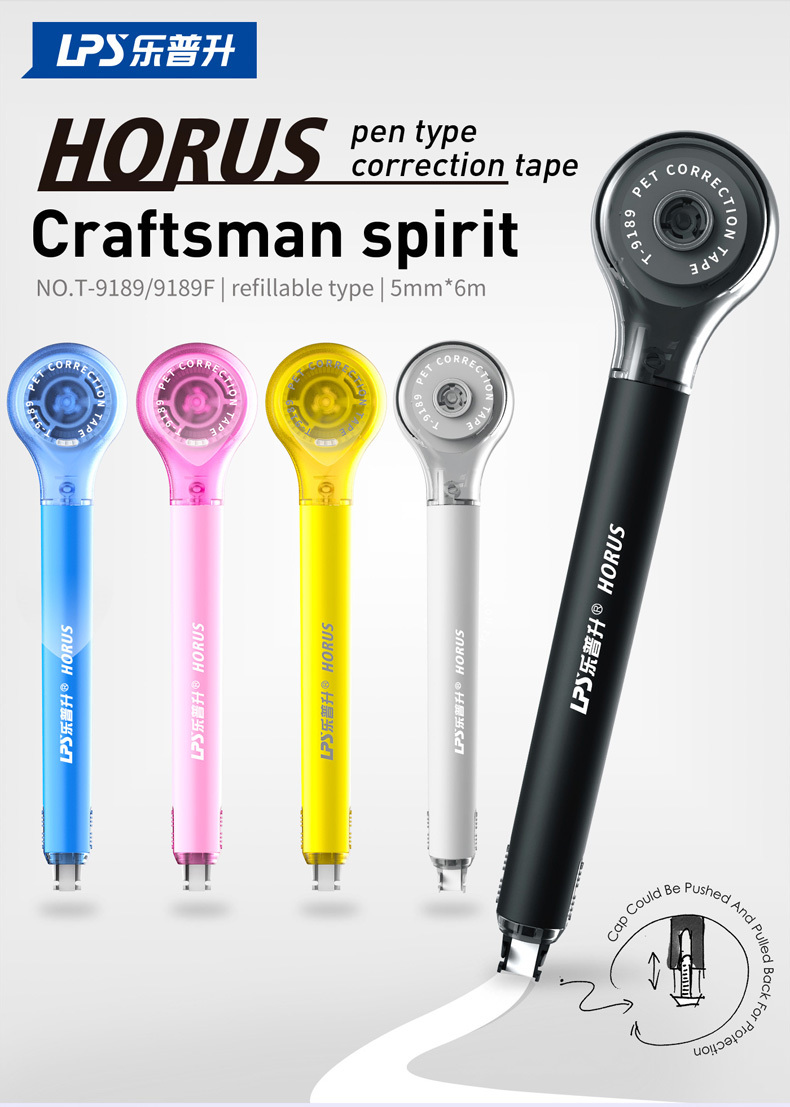The Evolution of Correction Tape: A Journey from Innovation to Everyday Essential
Time of publication:
2025-08-14
In the realm of stationery, few tools have undergone such a transformative journey as the correction tape. From its humble beginnings as a niche alternative to liquid correctors, it has evolved into a global staple for students, professionals, and creatives alike. Let’s explore the fascinating history of this unsung hero of the desk drawer.
1989: The Birth of a Revolution
The story begins in Japan, where the SEED Company introduced the world’s first correction tape. Unlike its predecessor, correction fluid (which relied on volatile solvents and required drying time), this innovative tape featured a dry, adhesive-backed film that transferred instantly onto paper. Key advantages included:
- Immediate Rewritability: No waiting for ink to dry
- Reduced Health Risks: Eliminated toxic fumes like methyl cyclohexane
- Clean Application: Precision tip for targeted corrections

1990s-2000s: Technological Refinements
As demand grew, manufacturers focused on improving functionality:
- Gear System Innovations: Patented dual-gear mechanisms (like those in SEED’s Radar model) ensured smooth, even tape delivery
- Ergonomic Designs: Pen-shaped bodies with non-slip grips emerged
- Archival Quality: Tapes using acid-free adhesive became available for document preservation
2010s: The Asian Market Boom
Chinese manufacturers like Lepusheng entered the scene, driving innovation and affordability:

- 2014: Lepusheng launched the first pen-style correction tape with a retractable tip
- 2018: Their "Pen-style T-9189" model won Red Dot recognition for combining aesthetics with functionality
- 2023: Introduction of eco-friendly biodegradable tape cores
Modern Innovations
Today’s correction tapes feature cutting-edge technology:
- Micro-Replica Tapes: 0.4mm precision tips for calligraphy
- Dual-Core Systems: Separate spools for used/unused tape prevent jamming
- Refillable Cartridges: Reducing plastic waste by up to 70%

Environmental Considerations
While modern tapes use safer materials (resins, titanium dioxide), manufacturers now focus on:
From its origins as a safer alternative to white-out, the correction tape has become a testament to human ingenuity. As we move toward more sustainable and technologically integrated workspaces, this humble tool continues to evolve, proving that sometimes the most revolutionary ideas come in the smallest packages.
Next time you effortlessly glide a correction tape over an error, take a moment to appreciate the decades of innovation that made that simple action possible.
Related News








